“By airing deceptive claims and pairing them with opposing claims, the journalist leaves open the question of where the truth lies. … Faced with contrasting claims, people tend to pick the more agreeable one, even when it’s factually less plausible.” — Thomas E. Patterson, Informing the News: The Need for Knowledge-Based Journalism (Vintage Books, 2013), p. 52
At the conclusion of my previous post, I indicated that I await the arrival via USPS of a hard copy of the January-February 2015 issue of a feature story about this blog’s investigation of Robert Capa’s D-Day images and their subsequent fate, published on March 13 in News Photographer, the house organ of the National Press Photographers Association (NPPA). I also proposed that its very form was corrupt — not because I’m particularly prescient, but because its author, Bruce Young, disclosed to me its structural principle while emailing me questions to which he sought my answers for those purposes.
Below you’ll find the reasons I don’t have high hopes for the result of Young’s efforts: in a nutshell, the strictures of the article’s premise, combined with the limitations of its author, render it most likely pointless, sight unseen.
•
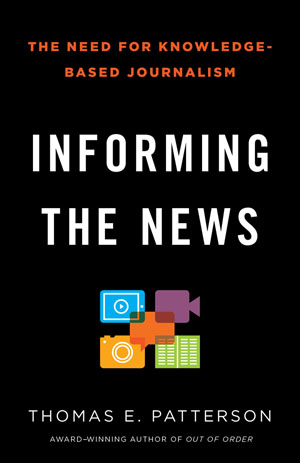 Thomas Patterson holds the post of Bradlee Professor of Government and the Press at the Harvard Kennedy School, and founded the open-access site Journalist’s Resource, a project of the Harvard Kennedy School’s Shorenstein Center on Media, Politics and Public Policy and the Carnegie-Knight Initiative. Based on the research and analysis resulting from a multi-year initiative of the Carnegie Corporation and the Knight Foundation, Patterson’s landmark book Informing the News: The Need for Knowledge-Based Journalism (Vintage Books, 2013) constitutes a harsh critique of current journalistic tendencies as evidenced on all platforms: print, broadcast, internet. (Click here for videos of Patterson discussing these issues.)
Thomas Patterson holds the post of Bradlee Professor of Government and the Press at the Harvard Kennedy School, and founded the open-access site Journalist’s Resource, a project of the Harvard Kennedy School’s Shorenstein Center on Media, Politics and Public Policy and the Carnegie-Knight Initiative. Based on the research and analysis resulting from a multi-year initiative of the Carnegie Corporation and the Knight Foundation, Patterson’s landmark book Informing the News: The Need for Knowledge-Based Journalism (Vintage Books, 2013) constitutes a harsh critique of current journalistic tendencies as evidenced on all platforms: print, broadcast, internet. (Click here for videos of Patterson discussing these issues.)
To reverse this state of affairs, Patterson urges a massive rethinking and reconfiguration of current journalism education and practice. To start with, he proposes dismantling the prevalent tennis-match approach to journalism, epitomized by the purportedly neutral “he said, she said” format.
“Stenography” from the NPPA
“The objective model of American journalism offers a weak defense against factual distortions. Not only does the commitment to balance invite such distortions, it allows them to pass unchecked. The model’s definition of accuracy is less a question of the truth of what is said than a question of whether someone actually said it, a practice that [Eric] Pooley calls ‘stenography.'” — Thomas E. Patterson, Informing the News, p. 52
Patterson’s widely acclaimed treatise, which I discussed here at length upon its publication a year ago, makes it unequivocally clear that the “he said, she said” model of “balanced” and “objective” journalism has become degraded and discredited:
“As political scientist Lance Bennettt notes, ‘power’ rather than truthfulness is the operative standard of ‘he said, she said’ reporting. When a member of Congress tells a bald-faced lie and the journalist passes it along to the audience as a ‘he said, she said’ controversy, what except deference to those in ‘power’ explains the reporter’s decision? By conveying it, the reporter is complicit in the deception — the claim gets publicized and gains credibility as a result of being in the news.” — Patterson, Informing the News, p. 40
I find it noteworthy, therefore, that Donald R. Winslow, editor-in-chief of News Photographer magazine, official journal of the National Press Photographers Association (NPPA), requisitioned a feature article premised precisely on that corrupted model when assigning coverage of this blog’s Robert Capa D-Day investigation to Bruce Young, his designated reporter.
Young, a photographer himself and an occasional writer, doesn’t specialize in investigative journalism; mostly he does celebrity profiles — which would seem to make him an odd choice for this assignment. Be that as it may, Winslow commissioned from Young “a neutral piece accounting for everyone’s stories and claims,” as Young put it to me in a January 2015 email soliciting my responses to a series of questions about the project. (Neutrality, of course, always favors the status quo.)
Donald Winslow’s “Scrupulous Passivity”
“Rather than taking responsibility for ascertaining the facts, journalists aim for ‘balance’ — giving each side an opportunity to present its version of the facts. In the words of author Joan Didion, journalistic balance is ‘a scrupulous passivity, an agreement to cover the story not as it is occurring but as it is presented.” — Patterson, Informing the News, p. 52
That investigation, initiated here at Photocritic International in June 2014, debunks the widespread myth surrounding Robert Capa’s actions on D-Day and the subsequent fate of his images. It has already forced TIME magazine to revise a commemorative D-Day video, commissioned from Magnum In Motion (the media division of Magnum Photos). It has also forced John Morris, the LIFE picture editor who assigned Capa to the story and supervised processing of his D-Day films, to recant the fable of melting emulsion on four rolls of Capa’s film that he’s disseminated globally since June 8, 1944. (He ate his words first at this blog, then in Black & White magazine, and then, most prominently, in November 2014, on Christiane Amanpour’s CNN show.)
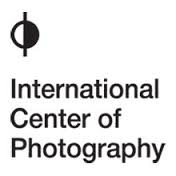 Our inquiry has also uncovered evidence of complicity in this elaborate mythmaking on the parts of ICP founder Cornell Capa, authorized Capa biographer and ICP curator Richard Whelan, and ICP curator Cynthia Young. (Snookered by them, countless others have unwittingly served to propagate the fable, to the point where it has attained the status of meme. Our research highlights some of the most egregious and/or pathetic instances.) Numerous others at the institutions involved — not just the International Center of Photography but also Magnum Photos and Time, Inc. — stand possibly implicated. This research, fully documented, appears here at Photocritic International, where anyone can read it, check its sources, assess its credibility, and otherwise subject it to verification and disproof.
Our inquiry has also uncovered evidence of complicity in this elaborate mythmaking on the parts of ICP founder Cornell Capa, authorized Capa biographer and ICP curator Richard Whelan, and ICP curator Cynthia Young. (Snookered by them, countless others have unwittingly served to propagate the fable, to the point where it has attained the status of meme. Our research highlights some of the most egregious and/or pathetic instances.) Numerous others at the institutions involved — not just the International Center of Photography but also Magnum Photos and Time, Inc. — stand possibly implicated. This research, fully documented, appears here at Photocritic International, where anyone can read it, check its sources, assess its credibility, and otherwise subject it to verification and disproof.
In addition to all that, Young emailed to me and veteran photojournalist J. Ross Baughman sets of what he described as “devil’s advocate” rationalizations of the available physical evidence, documentation, and standard narrative, ostensibly gleaned from Morris’s various (and varied) past and recent accounts, soliciting our refutations thereof. Separately, both Baughman and I composed and emailed to Young detailed deconstructions of those fictions, on which he could also draw.
Finally, somewhere along the line Young solicited something comparable from Morris, receiving in return a document titled “The A. D. Coleman Attack,” an attempt at rebutting the outstanding charges. Click here for a PDF. (I have made that screed’s manifold errors, misdirections, and outright falsehoods obvious in several recent posts.)
Young thus had full access to that wealth of material while developing his article.
“No Excuse”
“Bill Kovatch and Tom Rosenstiel argue that there is no excuse for reporters to transmit false claims without identifying them as such. Yet it happens regularly, sometimes because the reporter doesn’t have the time or knowledge to sort out the truth and sometimes because the reporter wants to avoid the appearance of taking sides. Either way, the objective reporting model absolves journalists of their part in the deception. As Stanford’s Ted Glasser puts it, objective reporting is ‘biased against the very idea of [journalistic] responsibility. … Objectivity requires only that reporters be accountable for how they report, not what they report.'” — Patterson, Informing the News, p. 41
 Any serious journalist — and any serious editor of a serious publication — would use the occasion of a follow-up story like this to ask what, in the journalism trade, we call “follow-up questions.” Of course such questions should get asked of Baughman, and also of myself. And they should get asked of Morris; Adrian Kelterborn (to whom Magnum Photos outsourced production of the TIME video with the faked negatives); Mark Lubell, former head of Magnum and now head of the International Center of Photography, who approved that video before he left Magnum; Cynthia Young, curator of the Capa Archive at the ICP; and others.
Any serious journalist — and any serious editor of a serious publication — would use the occasion of a follow-up story like this to ask what, in the journalism trade, we call “follow-up questions.” Of course such questions should get asked of Baughman, and also of myself. And they should get asked of Morris; Adrian Kelterborn (to whom Magnum Photos outsourced production of the TIME video with the faked negatives); Mark Lubell, former head of Magnum and now head of the International Center of Photography, who approved that video before he left Magnum; Cynthia Young, curator of the Capa Archive at the ICP; and others.
So far I’ve posed such questions to all of the above save Lubell, as indicated in previous posts. Any journalist worth his or her salt would follow up on some of those. That’s standard practice among professionals in our field, who, simply from reading what their colleagues have established as fact, understand the logical next line of inquiry to pursue. We’ll have to wait and see how Young handled that challenge.
Ritual Strategy
“The objective reporting model, writer Gaye Tuchman says, is a ‘strategic ritual’ that protects journalists ‘from the risks of their trade.’ It’s far less risky for the journalist to report “Senator Smith said …” than to pounce on Senator Smith for what was said.” — Patterson, Informing the News, p. 41
Winslow’s motives for requiring Young’s adherence to the structure of this “strategic ritual” seem clear: He had the parent organization’s commitments to the reputations of Capa and Morris (not to mention his own) to protect. Plus the NPPA’s long-term involvement with Morris, as spelled out in my previous post. No other approach could sidestep the obligation of judgment, enable Morris to retain any credibility on this subject, and otherwise minimize the damage.
How Winslow will explain this to his new colleagues in the University of Georgia’s Grady College of Journalism and Mass Communication, to which the NPPA is currently moving its headquarters, beats me. Same goes for his choice of writer. Why elect Young to execute it? Perhaps Winslow considered Young qualified for this assignment because he’d provided News Photographer with an earlier piece on Capa, “Death In The Making … For The Last Damned Time” (July 28, 2009), this one on the controversy over the authenticity of Capa’s Spanish Civil War image “The Falling Soldier, 1936.” Young refers therein to “Capa-philes like me.” His “Capa-phile” take on that investigation therefore merits close attention, which I’ll devote to it in my next post.
•
(For an index of links to all posts in this series, click here.)
•
This post supported by a donation from Charles Mintz.



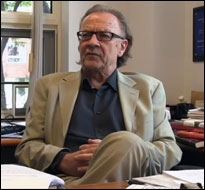
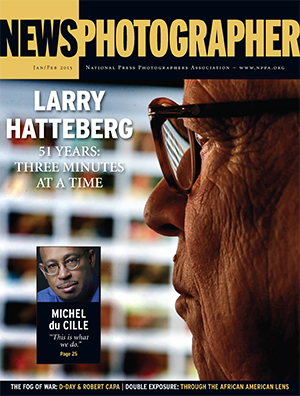
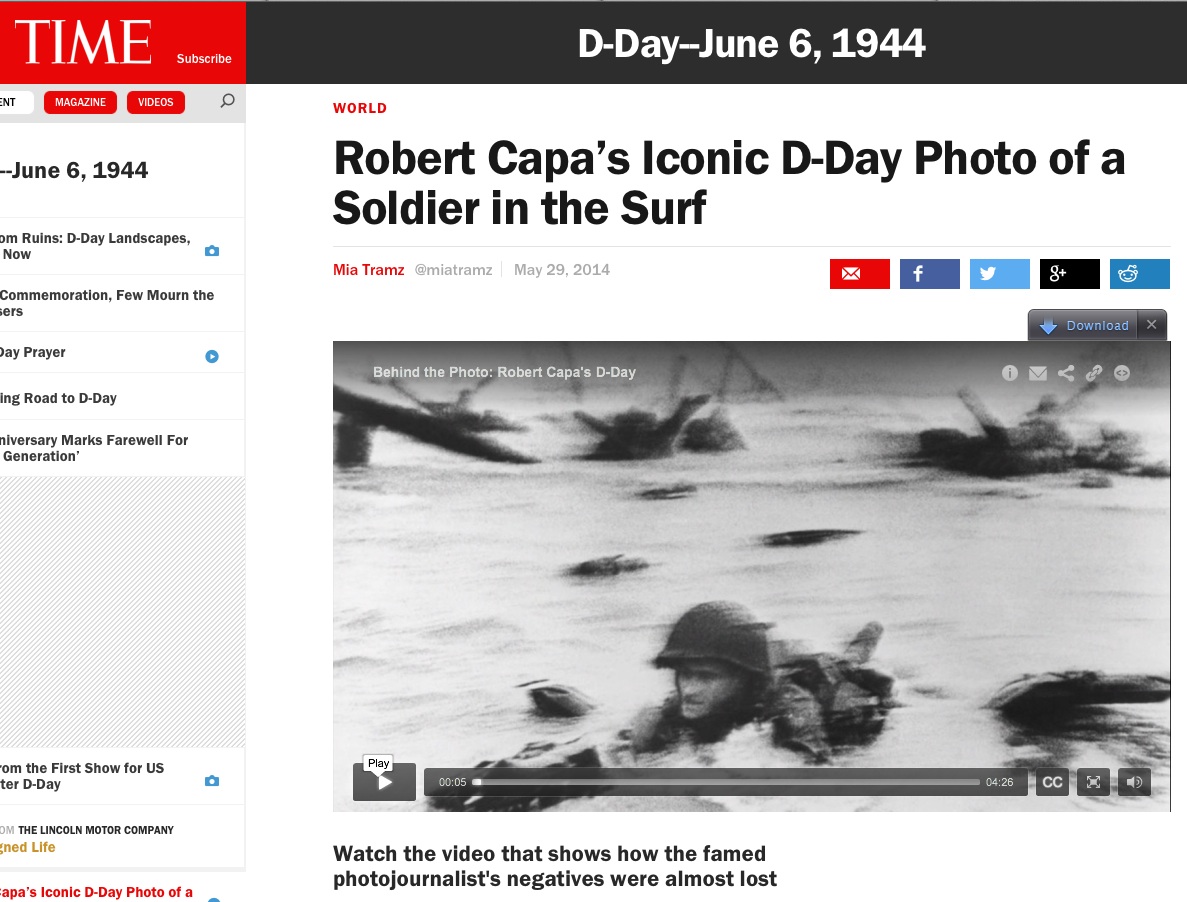
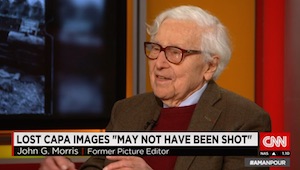
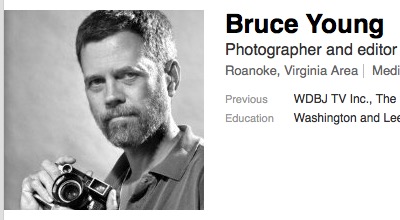
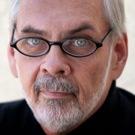




Leave a Comment